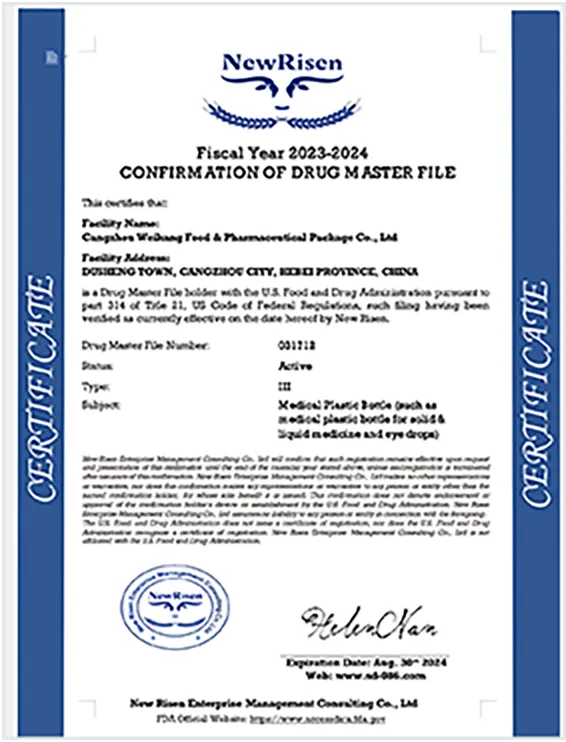
-
 Afrikaans
Afrikaans -
 Albanian
Albanian -
 Amharic
Amharic -
 Arabic
Arabic -
 Armenian
Armenian -
 Azerbaijani
Azerbaijani -
 Basque
Basque -
 Belarusian
Belarusian -
 Bengali
Bengali -
 Bosnian
Bosnian -
 Bulgarian
Bulgarian -
 Catalan
Catalan -
 Cebuano
Cebuano -
 Corsican
Corsican -
 Croatian
Croatian -
 Czech
Czech -
 Danish
Danish -
 Dutch
Dutch -
 English
English -
 Esperanto
Esperanto -
 Estonian
Estonian -
 Finnish
Finnish -
 French
French -
 Frisian
Frisian -
 Galician
Galician -
 Georgian
Georgian -
 German
German -
 Greek
Greek -
 Gujarati
Gujarati -
 Haitian Creole
Haitian Creole -
 hausa
hausa -
 hawaiian
hawaiian -
 Hebrew
Hebrew -
 Hindi
Hindi -
 Miao
Miao -
 Hungarian
Hungarian -
 Icelandic
Icelandic -
 igbo
igbo -
 Indonesian
Indonesian -
 irish
irish -
 Italian
Italian -
 Japanese
Japanese -
 Javanese
Javanese -
 Kannada
Kannada -
 kazakh
kazakh -
 Khmer
Khmer -
 Rwandese
Rwandese -
 Korean
Korean -
 Kurdish
Kurdish -
 Kyrgyz
Kyrgyz -
 Lao
Lao -
 Latin
Latin -
 Latvian
Latvian -
 Lithuanian
Lithuanian -
 Luxembourgish
Luxembourgish -
 Macedonian
Macedonian -
 Malgashi
Malgashi -
 Malay
Malay -
 Malayalam
Malayalam -
 Maltese
Maltese -
 Maori
Maori -
 Marathi
Marathi -
 Mongolian
Mongolian -
 Myanmar
Myanmar -
 Nepali
Nepali -
 Norwegian
Norwegian -
 Norwegian
Norwegian -
 Occitan
Occitan -
 Pashto
Pashto -
 Persian
Persian -
 Polish
Polish -
 Portuguese
Portuguese -
 Punjabi
Punjabi -
 Romanian
Romanian -
 Russian
Russian -
 Samoan
Samoan -
 Scottish Gaelic
Scottish Gaelic -
 Serbian
Serbian -
 Sesotho
Sesotho -
 Shona
Shona -
 Sindhi
Sindhi -
 Sinhala
Sinhala -
 Slovak
Slovak -
 Slovenian
Slovenian -
 Somali
Somali -
 Spanish
Spanish -
 Sundanese
Sundanese -
 Swahili
Swahili -
 Swedish
Swedish -
 Tagalog
Tagalog -
 Tajik
Tajik -
 Tamil
Tamil -
 Tatar
Tatar -
 Telugu
Telugu -
 Thai
Thai -
 Turkish
Turkish -
 Turkmen
Turkmen -
 Ukrainian
Ukrainian -
 Urdu
Urdu -
 Uighur
Uighur -
 Uzbek
Uzbek -
 Vietnamese
Vietnamese -
 Welsh
Welsh -
 Bantu
Bantu -
 Yiddish
Yiddish -
 Yoruba
Yoruba -
 Zulu
Zulu
Disposable Sterile Petri Dishes for Laboratory Use and Sample Culturing
The Importance of Disposable Sterile Petri Dishes in Laboratories
In the world of scientific research and microbiology, the need for sterile environments is paramount. One of the most essential tools in laboratories is the Petri dish. These shallow, flat, cylindrical dishes are used to culture microorganisms, facilitating the study of bacteria, fungi, and other microorganisms. However, the strict requirements for sterility can make handling and preparing these dishes a meticulous process. This is where disposable sterile Petri dishes come into play, revolutionizing laboratory practices and enhancing safety and efficiency.
What Are Disposable Sterile Petri Dishes?
Disposable sterile Petri dishes are pre-sterilized plastic dishes designed for single-use applications. They are typically made from materials such as polystyrene or polycarbonate, offering a transparent view of the cultures inside. Their pre-sterilized nature eliminates the need for time-consuming cleaning and sterilization processes that traditional glass Petri dishes require. These dishes often come packaged in a way that maintains their sterility until they are ready to be used, making them an ideal choice for laboratories focusing on bio-safety and contamination prevention.
Advantages of Using Disposable Sterile Petri Dishes
1. Contamination Control One of the primary advantages of using disposable sterile Petri dishes is the reduction of contamination risk. Each dish is sealed and sterilized at the time of manufacture, ensuring that the risk of introducing unwanted microorganisms into experiments is minimized. This is especially crucial in microbiological work, where even a small contaminant can skew results.
2. Convenience Disposable Petri dishes provide significant time savings in a laboratory setting. Researchers no longer need to allocate time for washing, sterilizing, and storing reusable dishes. After use, the dishes can be simply discarded, allowing for a more streamlined workflow and allowing scientists to focus on their research rather than on lab maintenance.
sterile petri dishes disposable

3. Cost-Effectiveness While there might be concerns regarding the costs associated with using disposable products, the efficiency gained in labor and time can lead to overall cost savings. The reduction in labor intensity associated with cleaning and reusing glass dishes can offset the initial material cost of disposable dishes.
4. Versatility Disposable sterile Petri dishes are versatile and can accommodate various types of culture media, whether it is for growing bacteria, fungi, or tissue cultures. This flexibility makes them suitable for a wide range of microbiological applications.
5. Safety Health and safety are critical considerations in any laboratory environment. Disposable sterile Petri dishes contribute to a safer working environment by mitigating the risk of accidents associated with glassware. Moreover, they are usually made from materials that are less likely to break, reducing the risk of injuries.
Environmental Considerations
While the convenience of disposable sterile Petri dishes cannot be overstated, it is essential to consider their environmental impact. Laboratories are increasingly focused on sustainability and are seeking ways to minimize waste. Fortunately, many manufacturers are now producing biodegradable or recyclable alternatives to traditional plastic Petri dishes. Researchers are encouraged to seek out these environmentally friendly options to help reduce their ecological footprint.
Conclusion
In conclusion, disposable sterile Petri dishes play a critical role in modern laboratories, enhancing efficiency, safety, and reliability in experiments involving microorganisms. Their convenience, combined with the assurance of sterility, makes them an indispensable tool for researchers. As the scientific community continues to innovate and explore new materials, the future of disposable Petri dishes looks promising, with an increasing focus on sustainability and environmental responsibility. Embracing these innovations will enable laboratories not only to maintain high standards of research but also to contribute positively to global ecological efforts.
-
ScienceLabSupplies Premium Small Medicine Bottles & Lab EquipmentNewsApr.29,2025
-
Empty Pill Containers Durable, Leak-Proof & Portable Pill StorageNewsApr.29,2025
-
Petri Dishes Key Uses in Lab & Microbiology Experiments Sterile & DurableNewsApr.29,2025
-
Premium Metal Dropper Bottles - 50ml & 250ml SizesNewsApr.28,2025
-
Small Liquid Medicine Containers Leak-Proof & Durable DesignNewsApr.28,2025
-
Secure Medication Travel Container TSA Approved, Compact & Leak-ProofNewsApr.28,2025






















